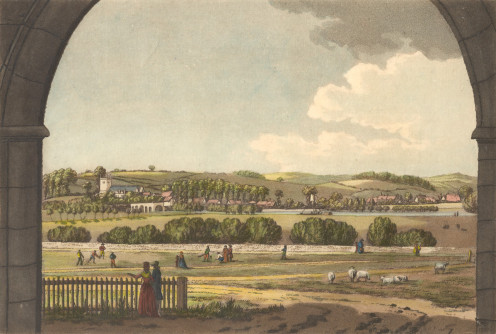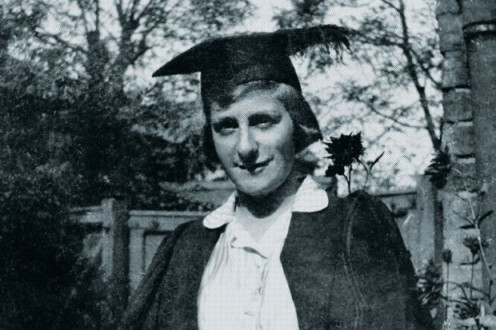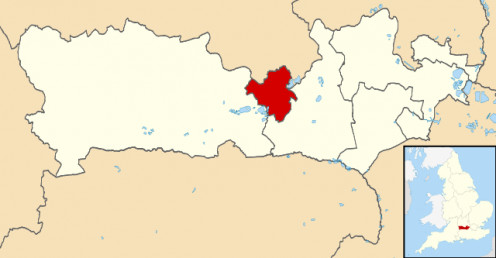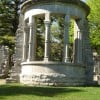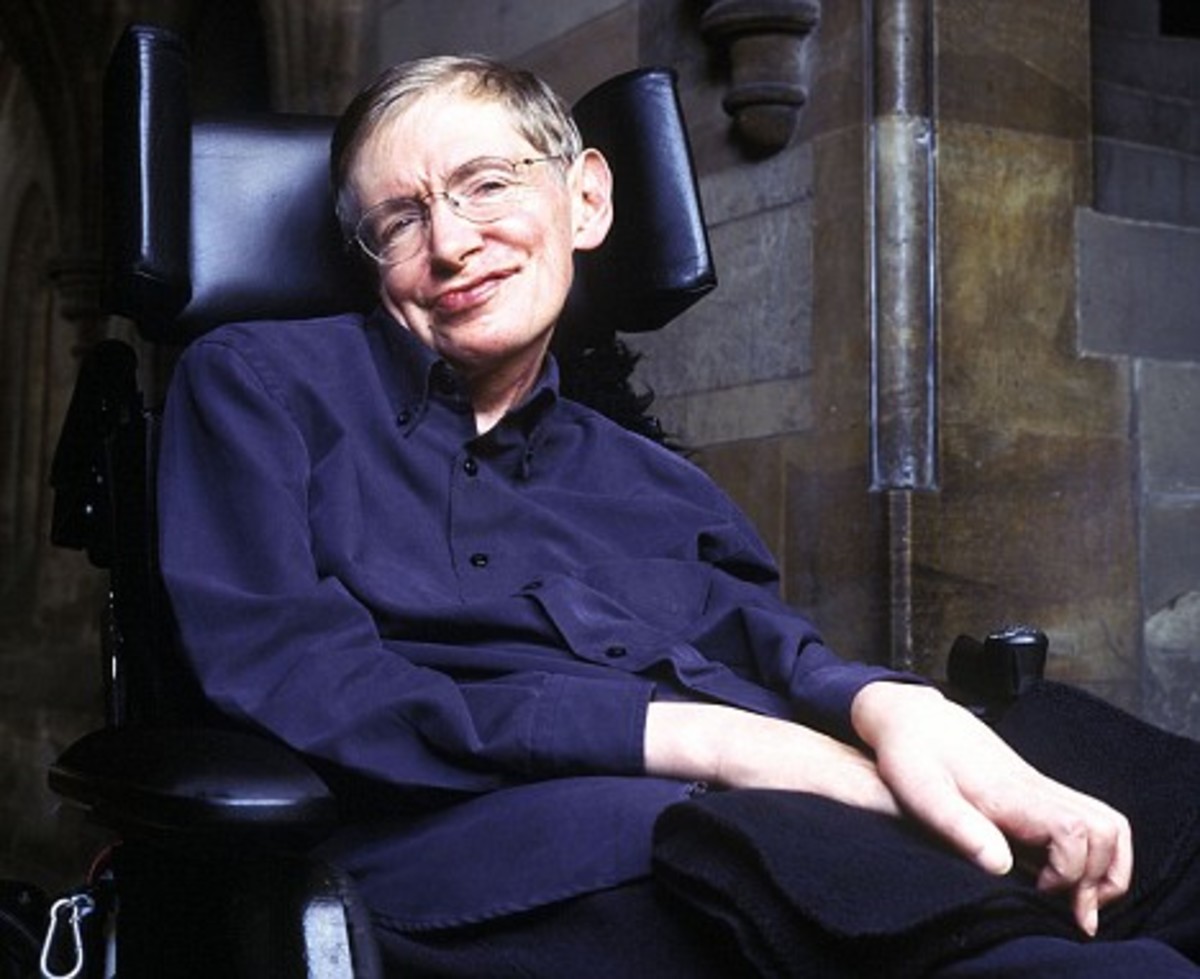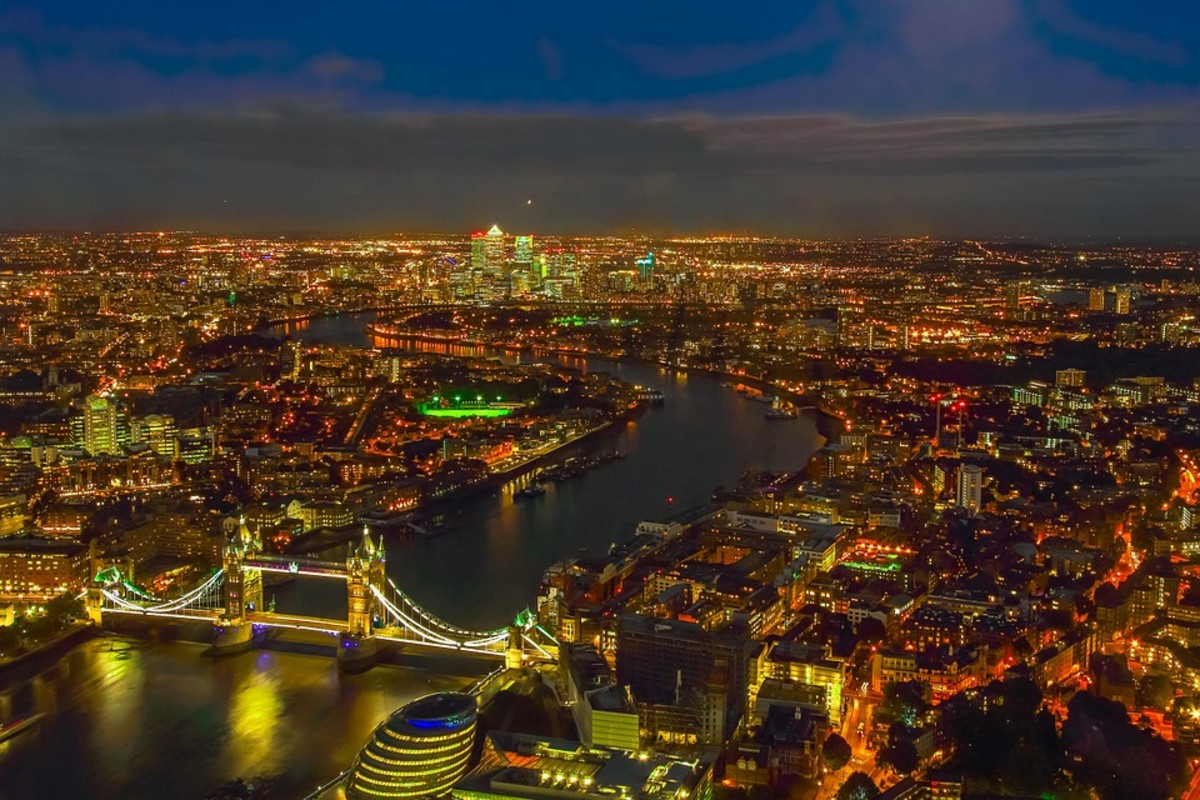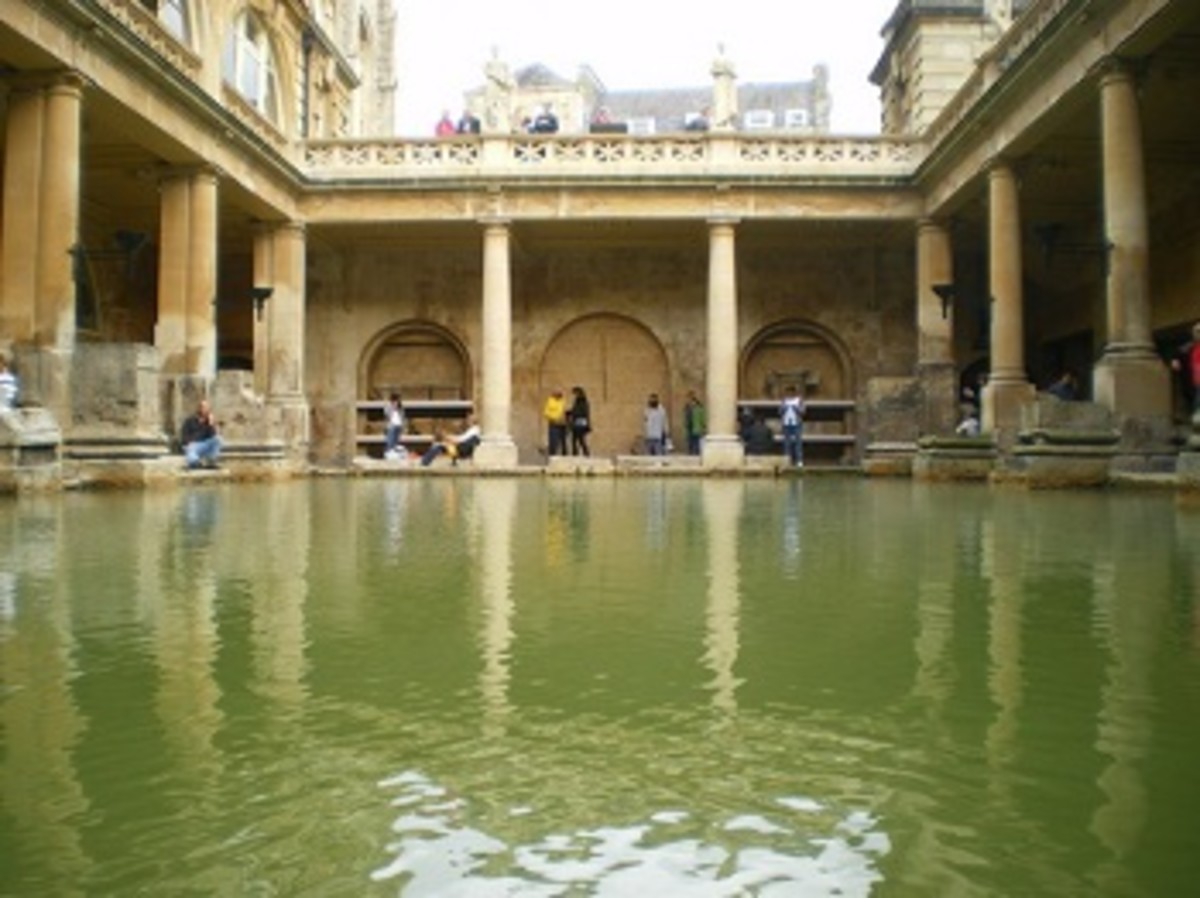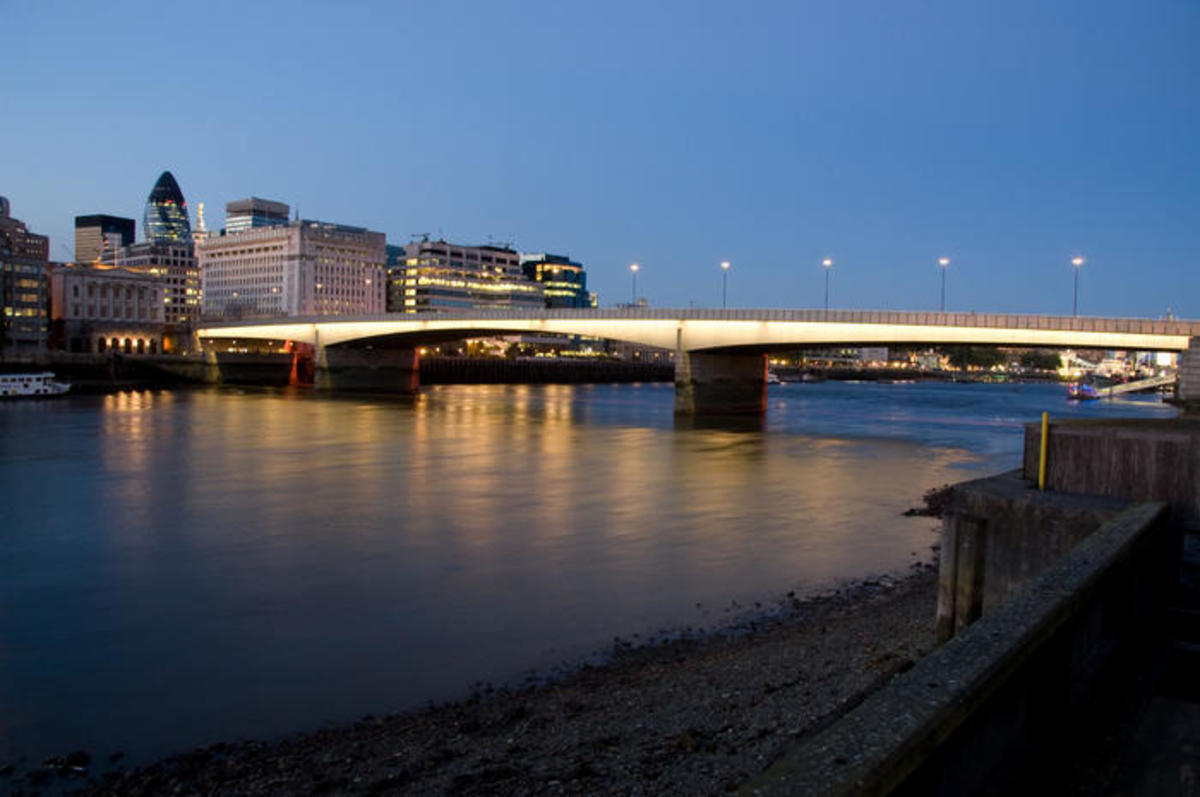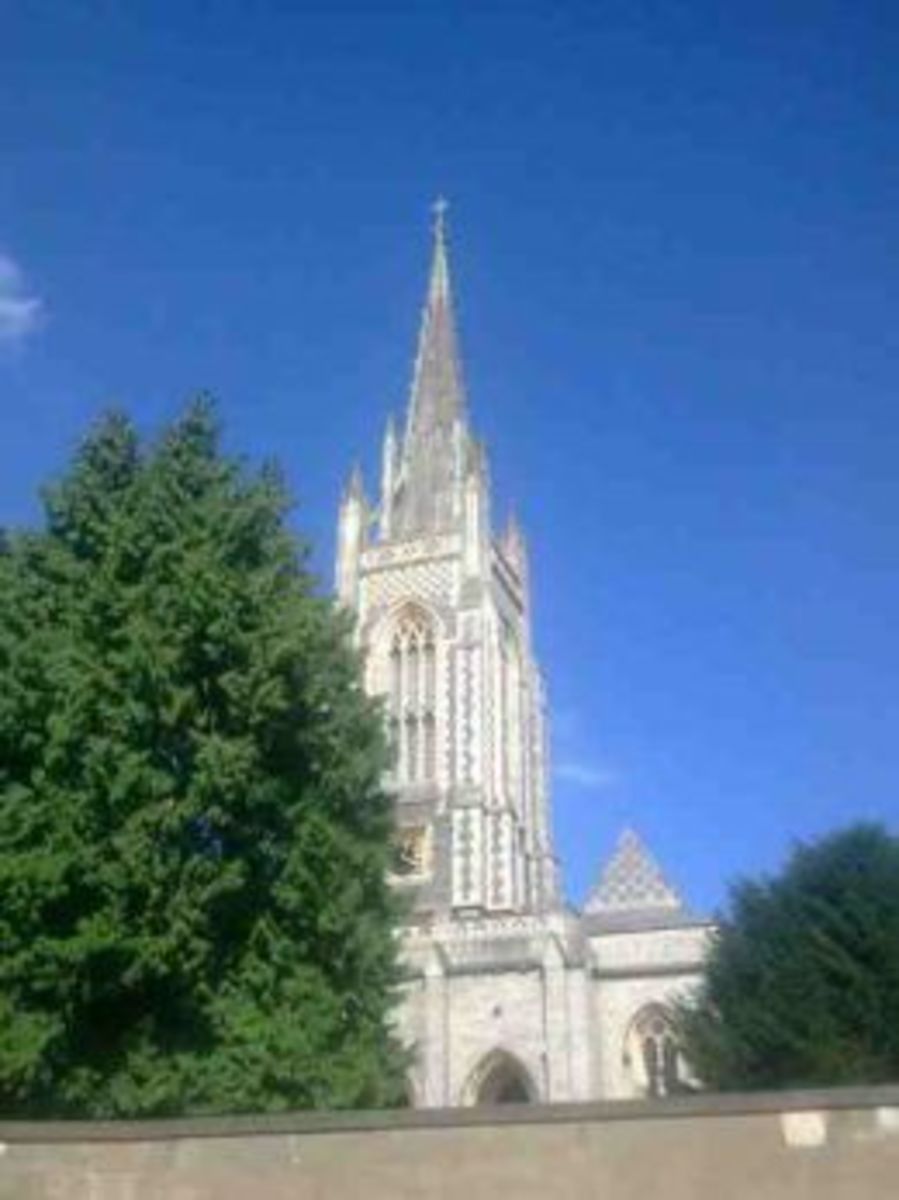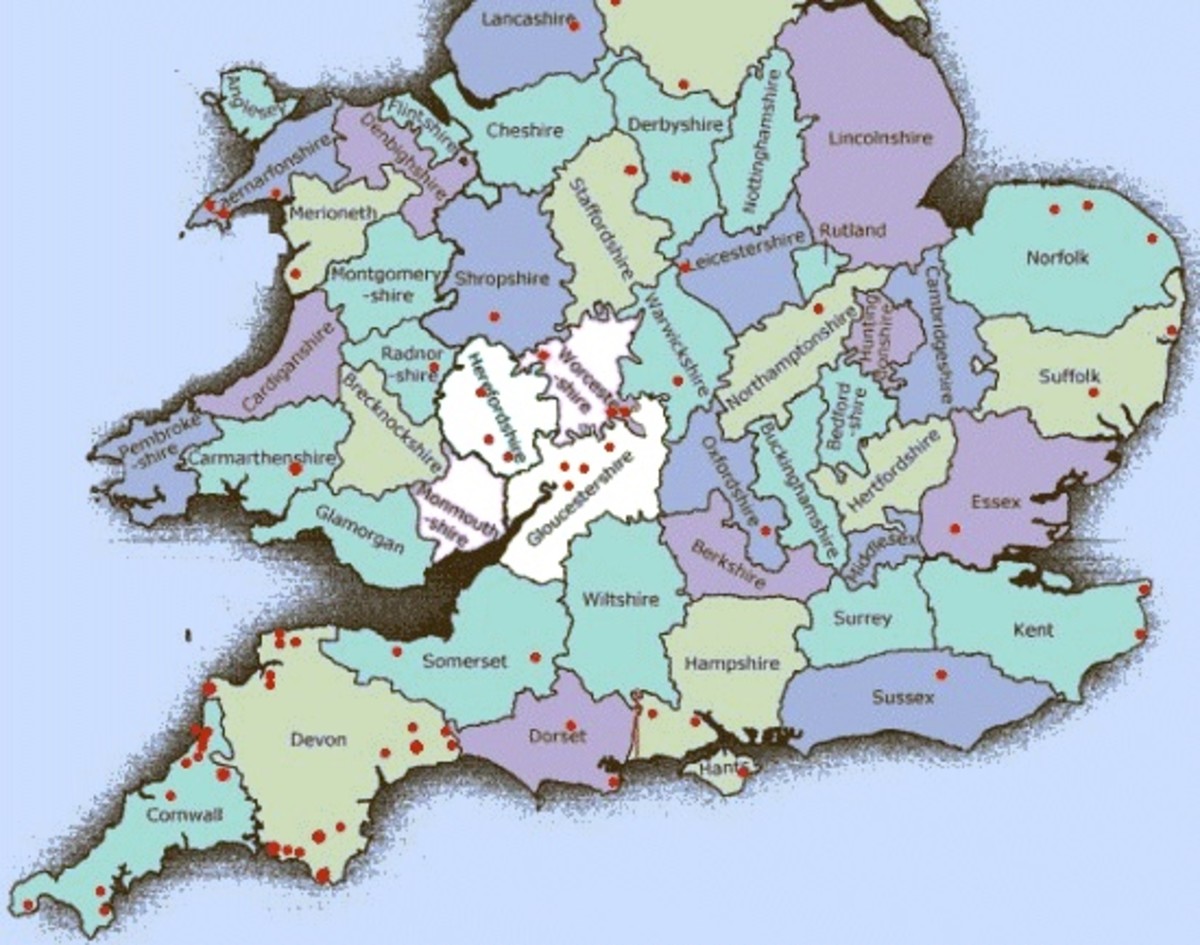- HubPages»
- Travel and Places»
- Visiting Europe»
- United Kingdom
Visiting Reading, England and Its Medieval Abbey Hospitium: The Heritage of a Building Linked With Reading University
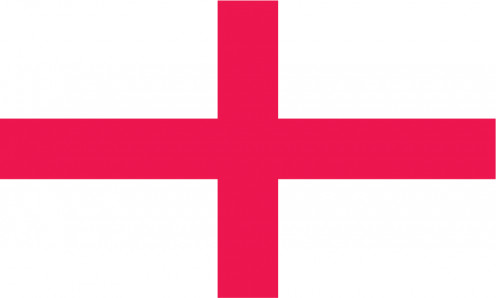
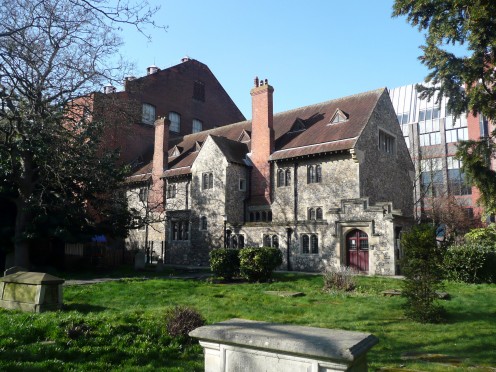
Historic structure close to the church of St-Lawrence-in-Reading
This Abbey originated in the Middle Ages, but fell into disuse after the Reformation.
Some history of the College
In 1892 an event occurred which proved to be pivotal for university education in Reading in the county of Berkshire. Christ Church, Oxford, a college already known for its successful extension lectures, founded what became known as Reading University Extension College. From 1902 the College was known as University College Reading. It was based in a restored building of the Abbey known as the Hospitium, in Valpy Street, Reading.
Formerly known as the Hospitium of St John the Baptist, it was constructed in the 15th Century, with restoration carried out in 1892. Given the relatively narrow streets in the immediate vicinity, this building is somewhat inconspicuous to the uninitiated visitor to the town, but the cleanly restored lines of its stonework and its historical associations with the Medieval Abbey make it a valuable part of the Borough of Reading's, and the university's, heritage.
The educational facilities begun at this extension college were subsequently greatly expanded. Among the scholars associated with Reading University Extension College / University College, Reading at Valpy Street were:
The Principal, geographer Sir Halford Mackinder, a co-founder of the London School of Economics, who subsequently served as Director of LSE, Member of Parliament for Glasgow Calmlachie, British High Commissioner in Southern Russia, Professor of Geography at LSE, and a co-founder of the Geographical Association (1).
Catherine Pollard, from 1892 lecturer in biology, who came to Reading University Extension College, having been awarded a First in Natural Science at Somerville College, Oxford; she had also pursued postgraduate research at Oxford and Heidelberg Universities (2).
W M Childs, who succeeded Mackinder as Principal in 1903, came to Reading in 1893 as a history lecturer. After a disappointing record at Keble College, Oxford and a short spell at teaching history at the University College of Wales, Aberystwyth, his first year on the academic staff at Reading was also a source of disappointment to Mackinder, but in due course Childs gained the confidence of Mackinder and of the College Council, and served as Principal until 1926 and thereafter as Reading University's first Vice Chancellor until 1929. Childs oversaw the move of the University College from Valpy Street to new premises in London Road, Reading. (3),
Edith Morley, a scholar in English language and literature. Educated in Germany, at King's College, London and Oxford University, she had teaching experience in Gothic and Germanic philology at King's College from 1899, before coming to Reading. She served from as Professor of English Language at University College, Reading, from 1908, continuing in that appointment until 1940 (4).
A female instructor for student teachers was also appointed at Valpy Street (5).
W. G. de Burgh, formerly of Merton College, Oxford, who came to teach Latin and Greek at Reading in 1896; he later taught philosophy also; and proved subsequently to be a strongly relied upon deputy to Childs over many years (6).
Later — a number of years after University College had left the Valpy Street site, composer Gustav Holst taught music, and Sir Adrian Boult also had a long, periodic association with the Music Department, which also was to sponsor organ scholarships at St. George's Chapel, Windsor. F M Stenton and his wife Doris Stenton, who became distinguished historians, were appointments to the College by Childs, and who missed the Valpy Street by a few years.
Reading University eventually received its charter of incorporation as an independent university in 1926; for many decades the study of agriculture has been a particularly distinguished field.
The Valpy Street origins origins of the university thus give evidence of the mature nature of university-level scholarship in Reading which laid the foundations for the Chartered University established in 1926, the only university in Great Britain to be founded in the Interwar years.
More thoroughgoing assessments of the significance of the Valpy Street years for what later became Reading University — impossible in a hubpage of this nature — await fruitful and absorbing study from the archives of the University.
The building
The Hospitium, which has subsequently been put to a variety of commercial uses, is situated close to the church of St. Lawrence-in-Reading. This striking stone building once served as a chapel for the Abbey. St. Lawrence-in-Reading has a tower dating from 1438-50. The building underwent significant restoration in the 19th century. From time to time some Reading University public functions have used the facilities of St. Lawrence-in-Reading church.
Interestingly, the stonework of St Lawrence-in-Reading incorporated a shell motif, which, together with features from the arms of Christ Church, Oxford, was adopted into the arms of the University of Reading.
Some other aspects of Reading Abbey ruins
Other, more ruined remains of Reading Abbey may also be seen in the vicinity. Interestingly, after Reading Abbey was dissolved at the Reformation, some of the disused stone from the Abbey was used in Windsor Castle (a principal residence of The Queen).
The nearby Forbury Gardens provide a peaceful haven within a now thoroughly urban environment in the vicinity of the Reading Abbey ruins.
Notes
(1) Sir Halford Mackinder is regarded as the founder of the study of geopolitics. Another aspect of his academic legacy lies in the number of qualified women whom he appointed to teaching positions at the institutions he led. Historian Sir James Holt has written about the post-University Charter faculty at Reading in the Interwar years: 'Its academic staff included a high proportion of women. They made up roughly a fifth of the full-time academic staff in the three faculties.' In fact, if women with positions of responsibility at Reading's National Institute for Research in Dairying, the Schools of Art and Music, the Department of Domestic Subjects and the wardens of Halls of Residence were included in this proportion, it would be higher than a fifth. (See: J. C. Holt, The University of Reading: the first fifty years, Reading: Reading University Press, 1977, p.p. 82-83.) In no small measure these later developments were significantly owing to the willingness of Sir Halford Mackinder during his foundational Principalship, and of his successor W. M. Childs, to employ the lecturing skills of talented women. Aspects of Sir Halford Mackinder's record overseas remain highly controversial, but at British university establishments he was seemingly successful in avoiding serious controversy in his lifetime.
(2) One of Catherine Pollard's students at Reading was Sir Kenneth Goadby, subsequently a leading London surgeon. Catherine Pollard became Mrs. Childs, and while it was her husband who led University College, Reading and was the University's first Vice Chancellor after its Charter of Incorporation in 1926, it is fair to say that at Valpy Street she was at least as academically qualified as her husband and probably more so; and her presence on the academic staff at Reading University Extension College predated that of W. M. Childs.
(3) W. M. Childs made a number of appointments during his long Principalship which proved to be inspired. He guided the affairs of the University College during the human and resource haemorrhaging that World War One constituted; and doggedly pursued at first unsuccessful attempts to obtain a University Charter for the College, finally achieved in 1926.
(4) Records of the University of Reading refer to what is described as 'the atmosphere of a gentleman's club which Edith Morley had experienced at Valpy Street' (see: http://www.reading.ac.uk/internal/staff-common-room/History/SCR-history.aspx ), although in fact the presence of other female lecturers at Valpy Street may in the views of some others have somewhat mitigated this observation. Edith Morley was the strong and vocal supporter of various causes, including Fabianism and woman suffrage; and for her work among refugees in World War Two she was awarded the OBE.
(5) Hubert Childs, in his W. M. Childs [:] An Account of his Life and Work, Brown's Gate, Reading: Published by the Author, 1976, p.89, omits to name the teaching instructor he mentions.
(6) W. G. de Burgh served as Professor of Philosophy from 1907 until 1934.
Also worth seeing
In Reading , the University has a number of distinguished buildings, including the Great Hall and the University War Memorial on London Road (permission to view may be required from the porter's lodge), and Wantage Hall and St Patrick's Hall.
Oxford (distance: 26.7 miles / 43 kilometres) is easily accessible from Reading; with many outstanding visitor attractions, including Christ Church (linked with the origins of Reading University), the Bridge of Sighs, the Sheldonian Theatre and Oxford Castle.
...
How to get there : United Airlines flies from New York Newark Airport to London Heathrow Airport, where car rental is available. Distance from Heathrow Airport to Reading is 30.4 miles / 49 kilometres. A regular bus link exists between Heathrow Airport and Reading. Please check with the airline or your travel agent for up to date information.
MJFenn is an independent travel writer based in Ontario, Canada.
